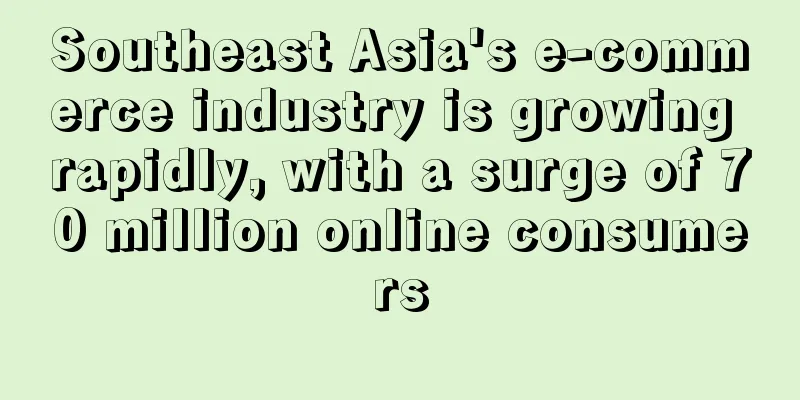After the canal was blocked, the China-Europe railway rose, but faced the dilemma of "going but not returning"

|
On March 29, the Suez Canal, which had been blocked for nearly six days, finally resumed navigation. This global shipping accident and congestion not only exposed the fragility of international shipping, but also drew the attention of foreign media to the rise of China-Europe railways.
The Financial Times published a report titled "Manufacturers Turn to China's 'Iron Camel Caravan'", saying that faced with container shortages, high costs and delays in sea and land transportation, Chinese manufacturers are seeking to export goods by land. At the same time, the increase in orders from European countries has also driven a substantial increase in the volume of freight on China-Europe trains.
The article states that China was the first to recover from the COVID-19 pandemic, and countries under lockdown have increased their demand for Chinese manufacturing products such as electronics and home appliances. These factors led to China dominating global trade in the second half of 2020. However, due to container shortages, high costs and delays in sea transportation, Chinese manufacturers are gradually abandoning sea transportation and choosing to export by land via the China-Europe Railway through Russia and Central Asia.
But in fact, the China-Europe Express is currently facing the dilemma of "going but not returning": in 2020, Europe, which was ravaged by the new coronavirus, urgently needed epidemic prevention materials. A large number of China-Europe express trains carrying equipment and materials ran from China to Europe, and their number was far greater than that of trains from Europe to China, resulting in a serious shortage of containers in China, and China was forced to build a large number of new ones to supplement them.
Although China's exports are indeed far greater than its imports, the problem that the number of westbound China-Europe trains is greater than that of eastbound trains is not just due to the imbalance between imports and exports. In the early stages of the development of the China-Europe express, some people regarded the number of China-Europe express trains as an achievement of governance, and required train companies to increase the number of trains when there was not enough transportation demand, resulting in situations such as underload, low-value goods, and even empty containers being transported.
This move once angered the railway department. In order to balance the interests of all parties, the Chinese railway department issued regulations to set requirements for the heavy load rate of China-Europe trains. Later, in the case of a large number of empty containers heading east, it was stipulated that empty containers would not be counted in the statistics of China-Europe trains. The new regulations quickly stopped the empty container transportation of China-Europe trains, but under the pressure of the two requirements of high running volume and high heavy load rate, the number of China-Europe trains running on the outbound journey is still far greater than the number of return trains.
Starting from mid-2020, China's railway department began to limit the number of westbound trains of each train company, and the imbalance between eastbound and westbound trains between China and Europe was greatly improved by the end of 2020. However, the demand for high running volume still exists. It can be predicted that if the one-way running volume of train companies continues to increase, the railway companies in Europe and Central Asia will inevitably increase the one-way price to cover the cost of emptying the car board. logistics E-commerce platform China-Europe Railway |
<<: eBay quickly removed World War II-themed products after a large number of people protested
>>: Schwarz Group will officially acquire Real.de on April 14
Recommend
Orders are delayed for up to 9 months, and the US furniture market is in serious shortage
The rise of the home office trend in 2020 has led...
What is hitprintasia? hitprintasia Review, Features
Based in Hong Kong and Mainland China, hitprintas...
The property was seized and the Shenzhen seller was caught in a financial whirlpool!
It has been more than a year since the account bl...
What is APC-Pro? APC-Pro Review, Features
APC-Pro offers a price modification tool and orde...
Can small and micro toy manufacturers survive in the cracks?
Although many sellers have stated that the situat...
Amazon Poland launches product promotion function!
Recently, Amazon announced that the Sponsored Pro...
What is QMT? QMT Review, Features
QMT is a one-stop platform for Amazon sellers to ...
Amazon faces another complaint and may face a $15 million fine
It is understood that the two companies that file...
More than 800,000 products were urgently recalled and are sold on platforms such as Amazon!
For cross-border sellers , in addition to finding...
Headphones become a necessity, South Korea's wearable product market grows 50%!
According to a survey, due to the spread of the e...
180 million yuan! Cross-border e-commerce SaaS platform Jijia completes Series A financing
Cross-border e-commerce On July 5, Jijia, the fas...
What is Elabelz? Elabelz Review, Features
Elabelz is a local e-commerce platform in the Mid...
Online sales surge 3,000%! The pet economy is on the rise
Firehouse Pet Shop , located in Wenatchee, Washin...
What is Unfulfillable Inventory? Unfulfillable Inventory Review, Features
If the inventory products sent by the seller to F...
Philippines to review consumer bill, add digital transactions
Today, according to foreign media reports, accord...









